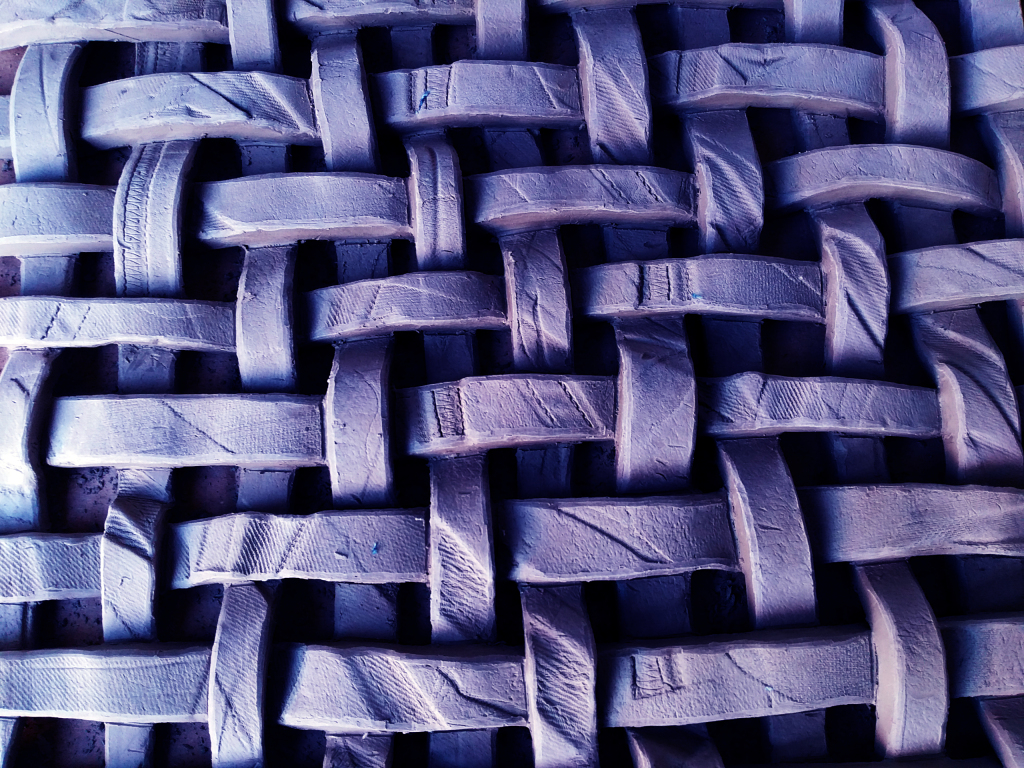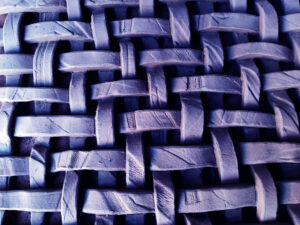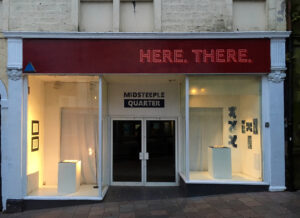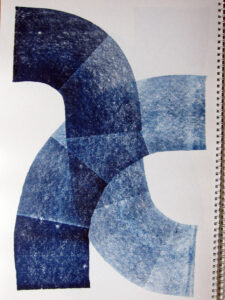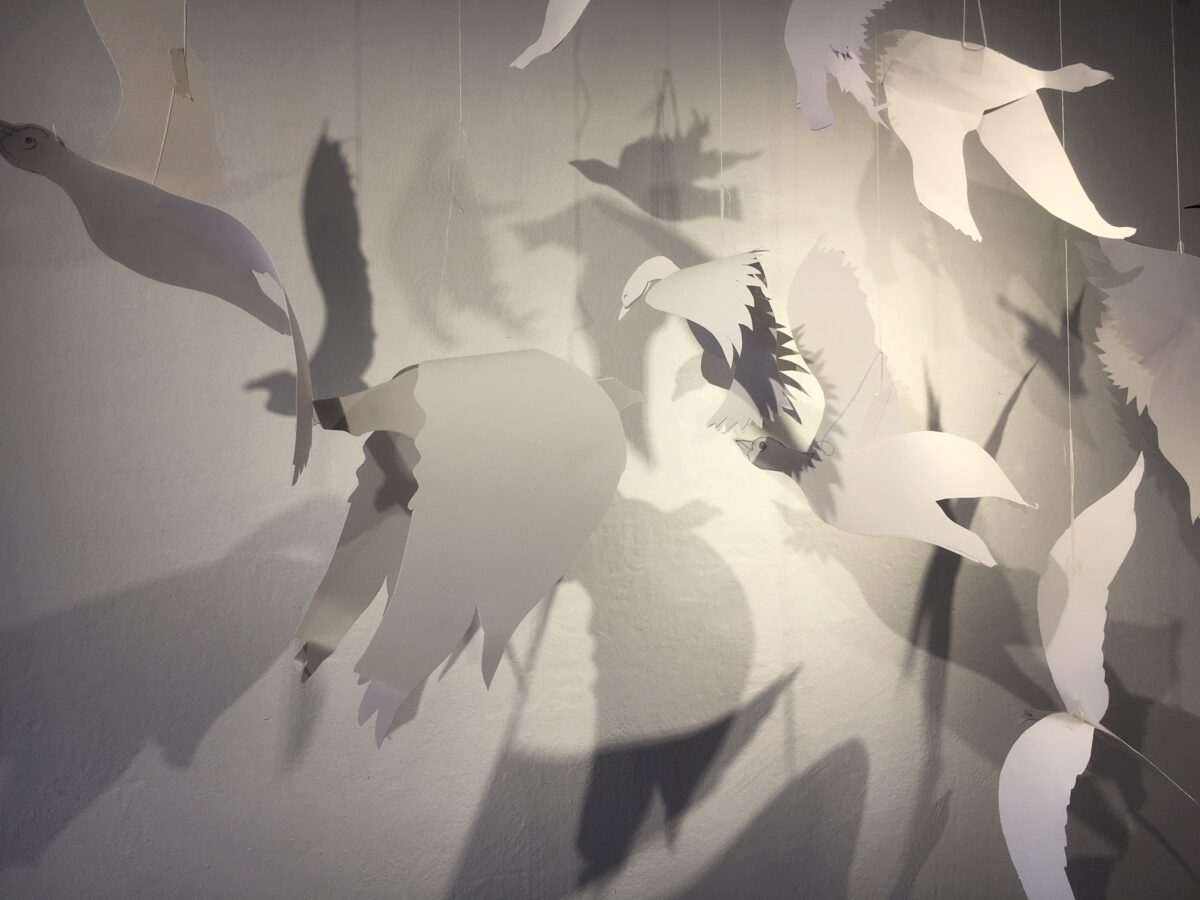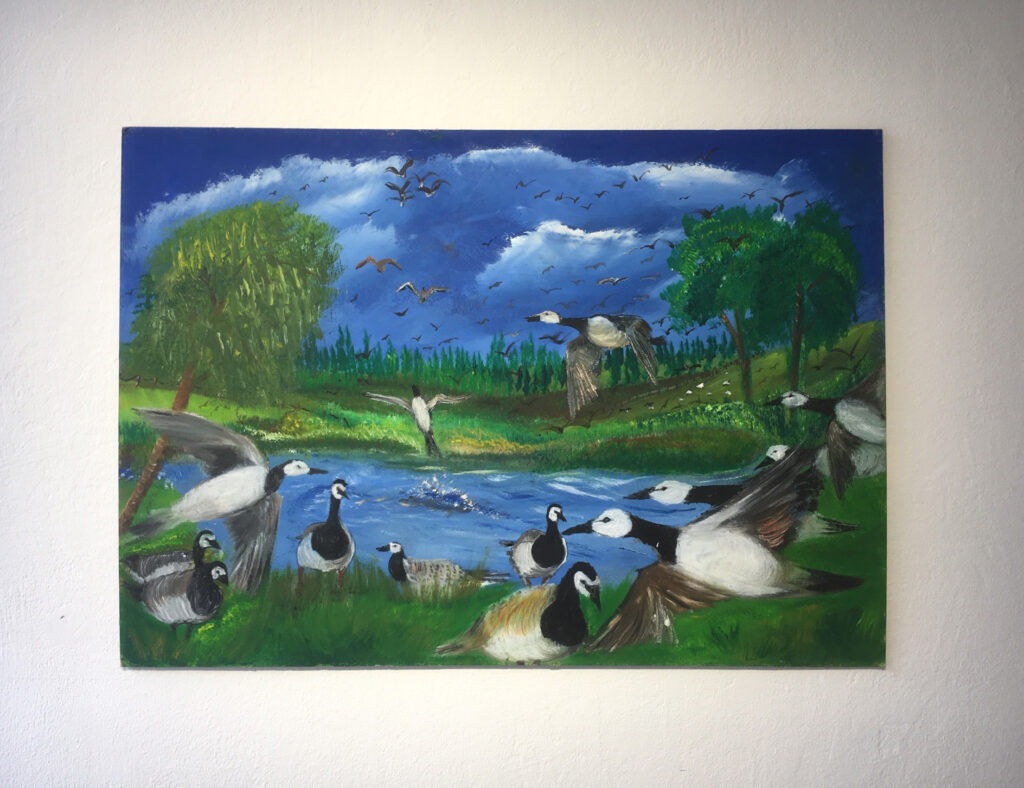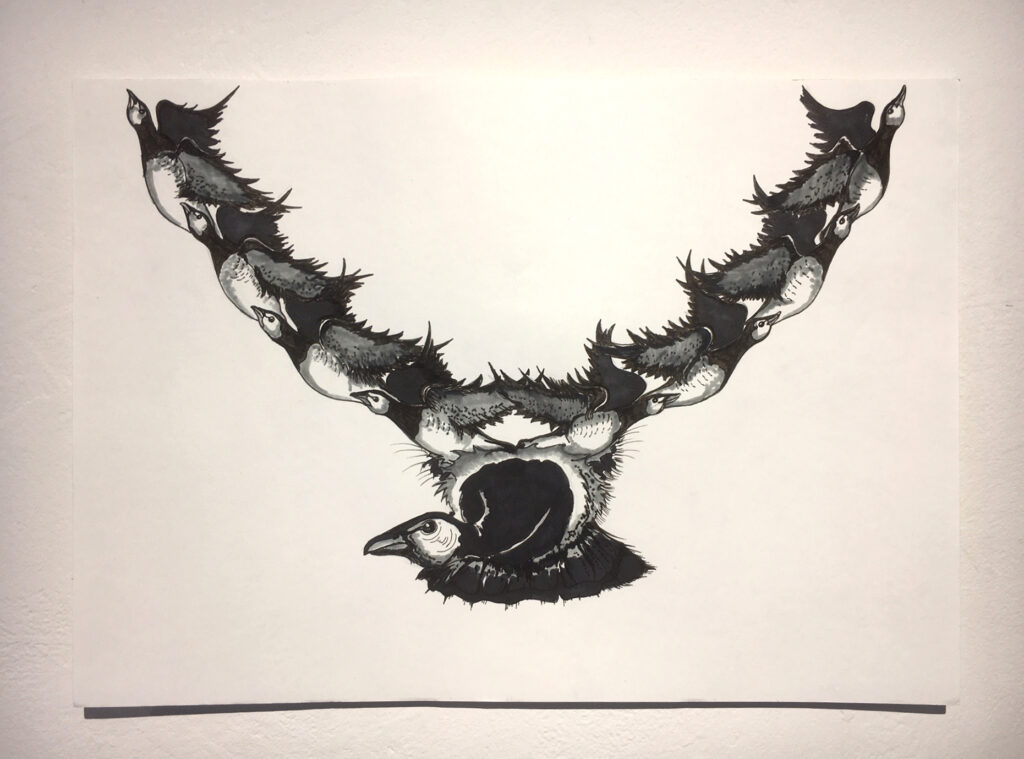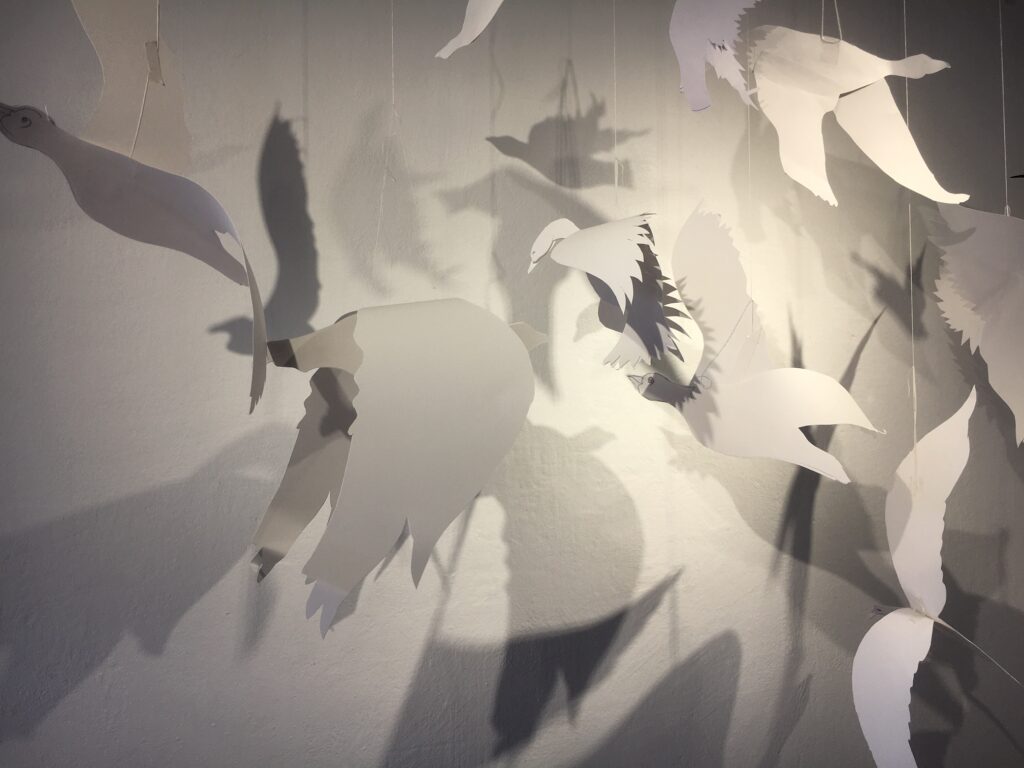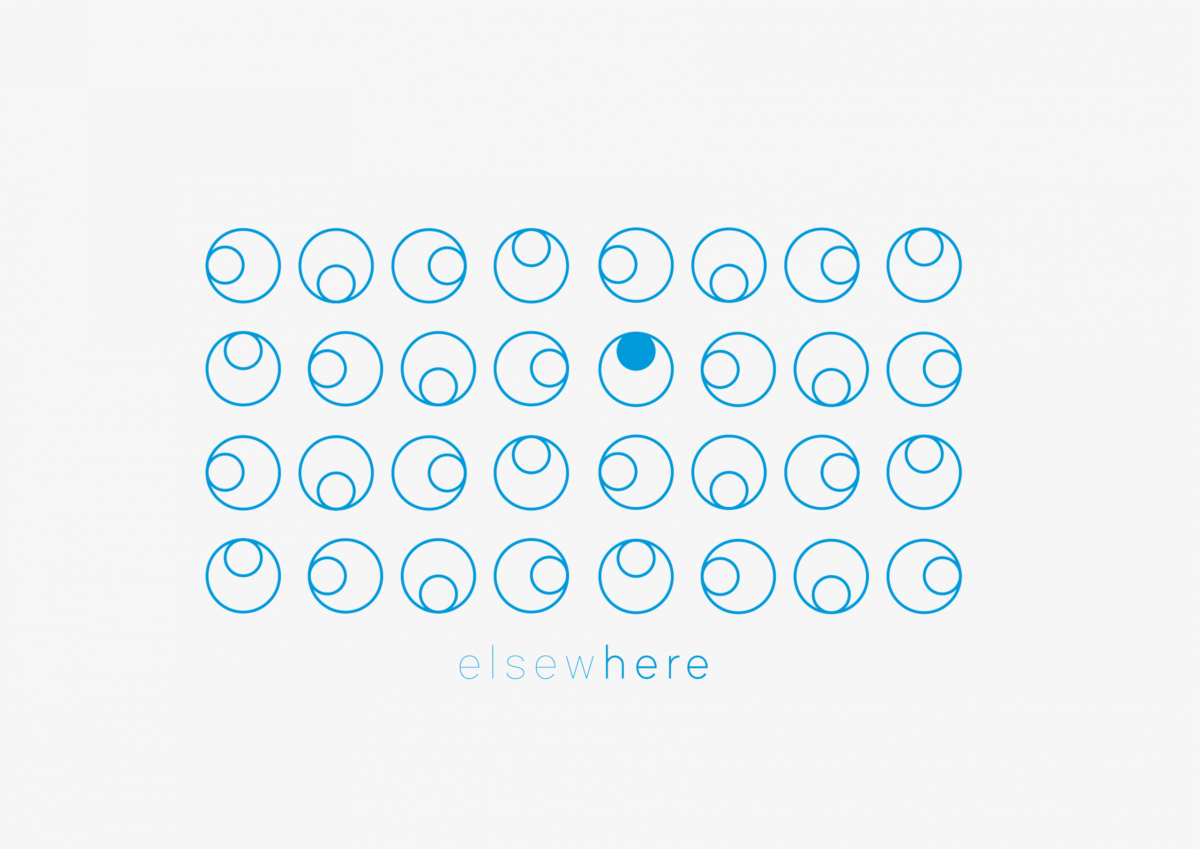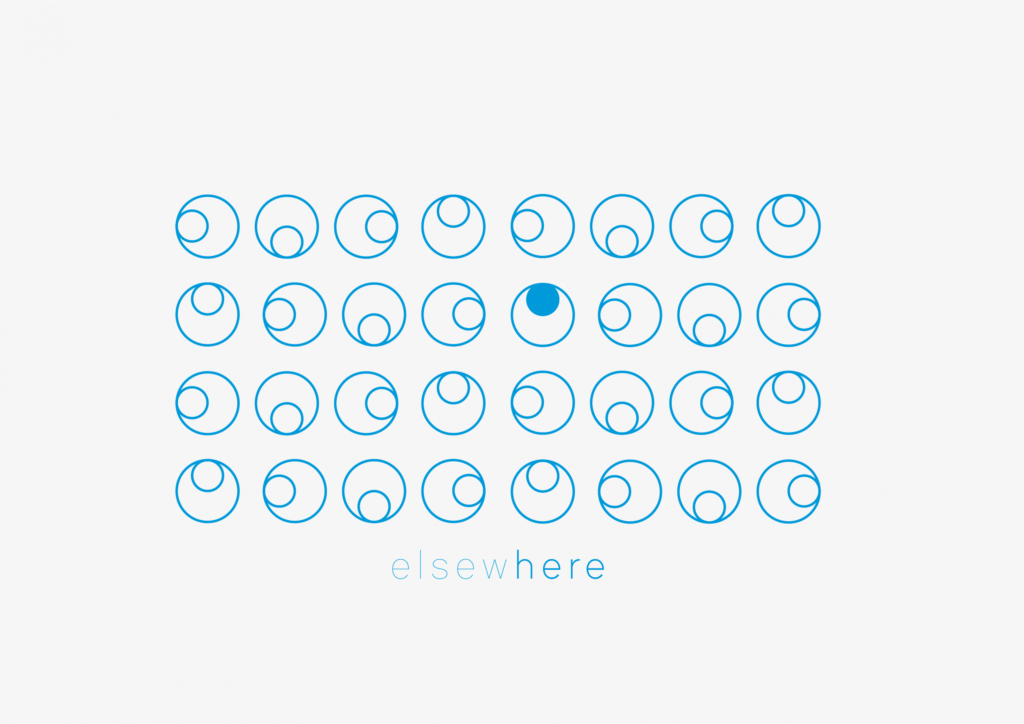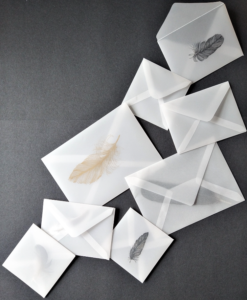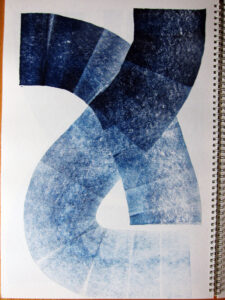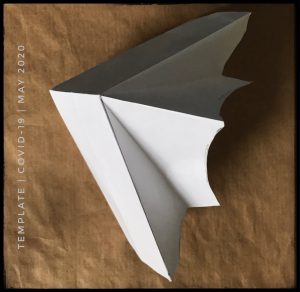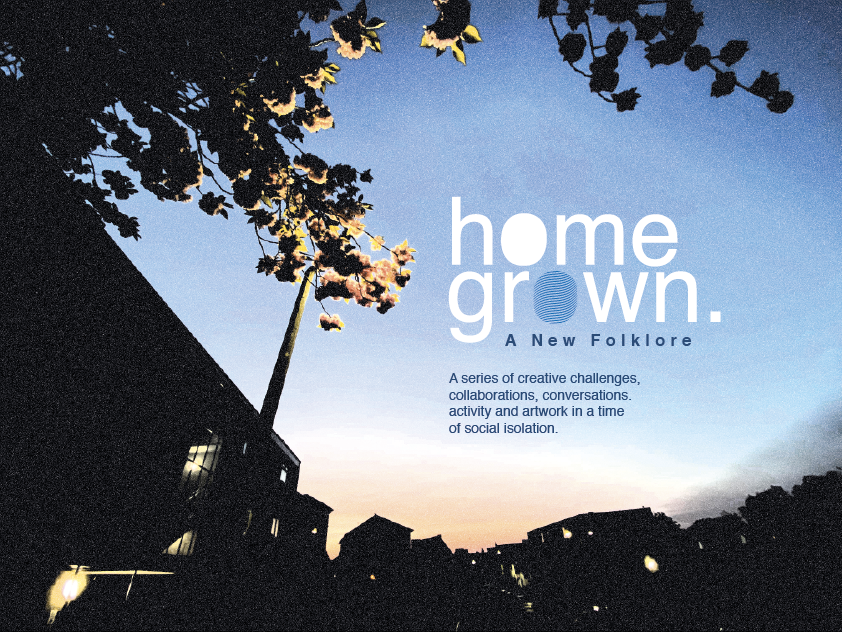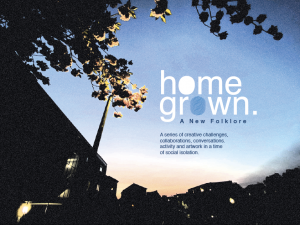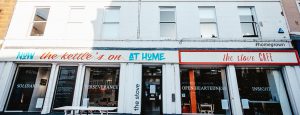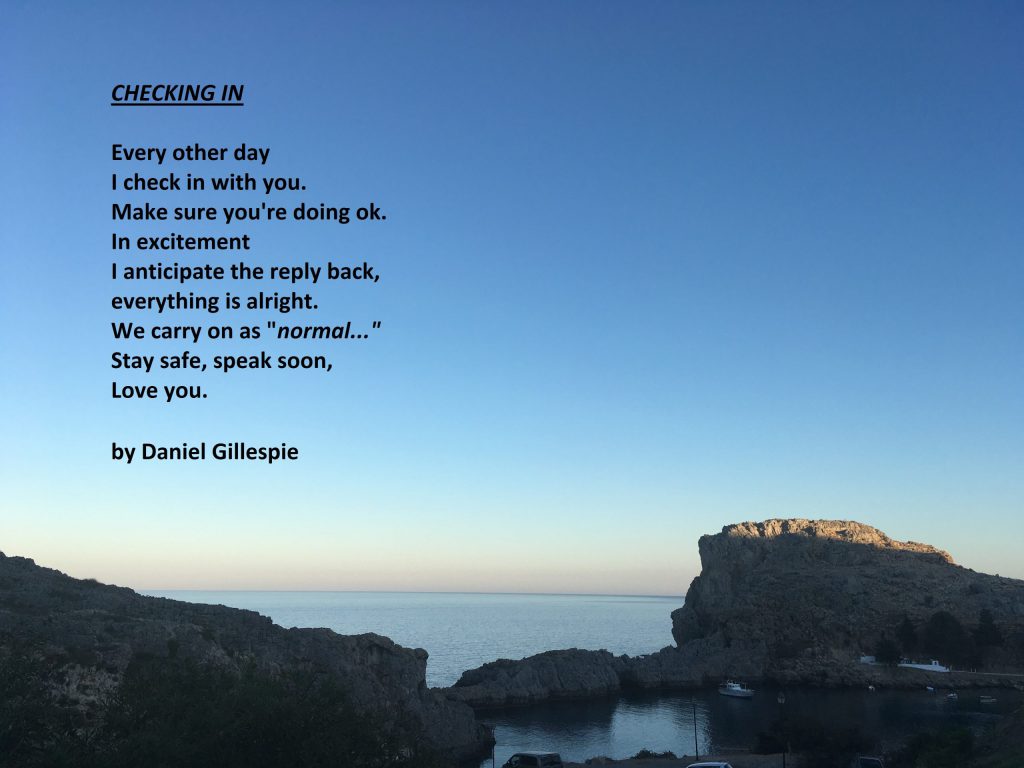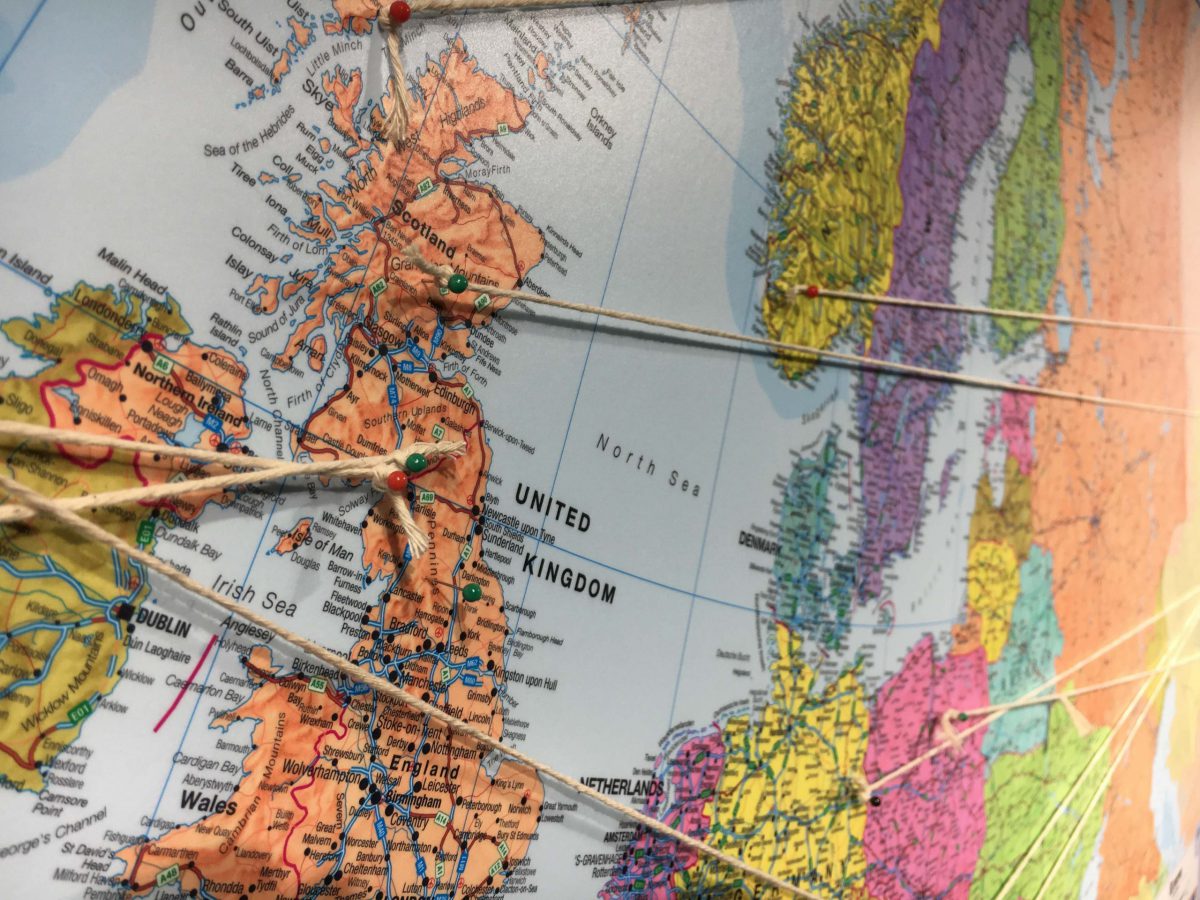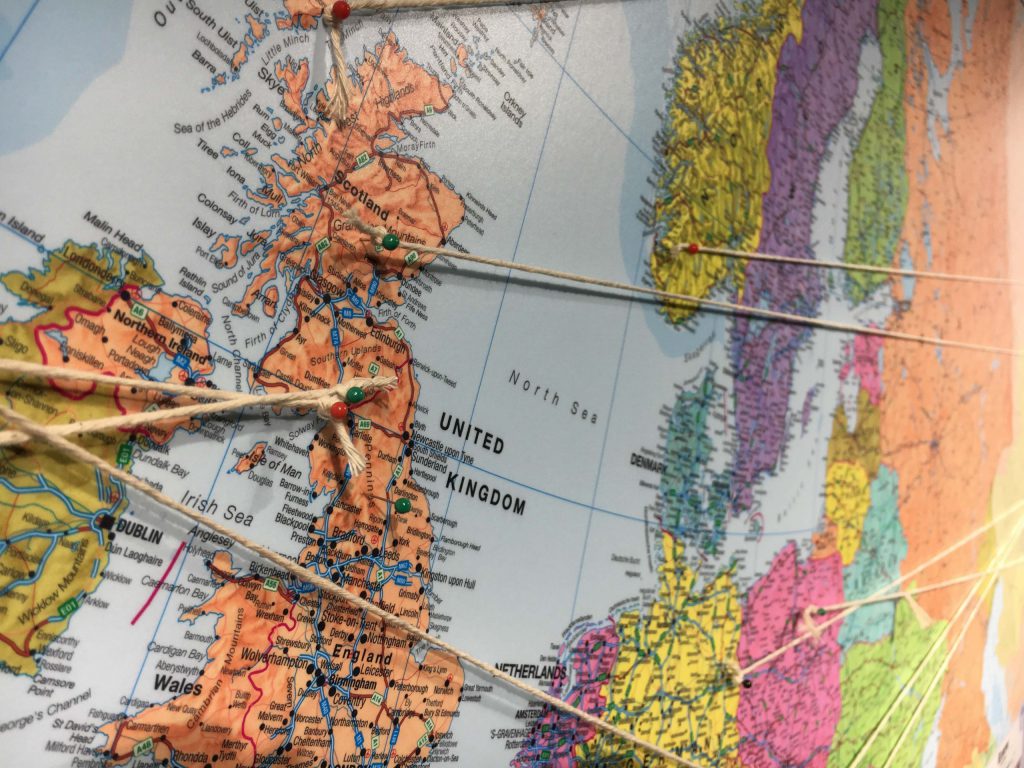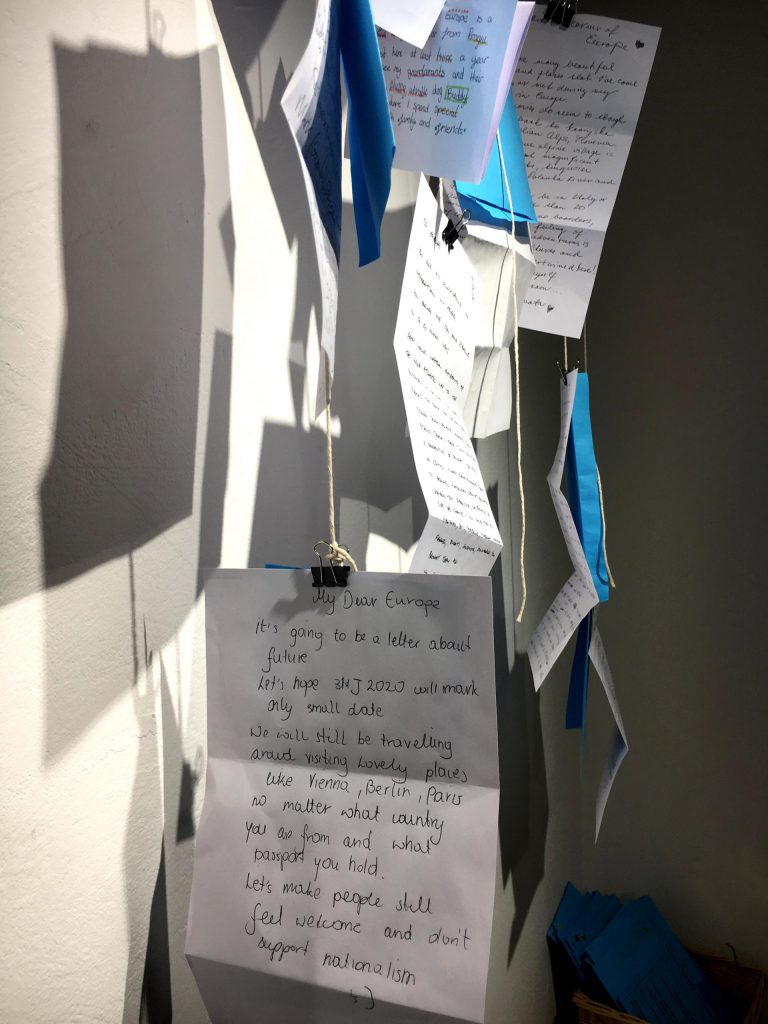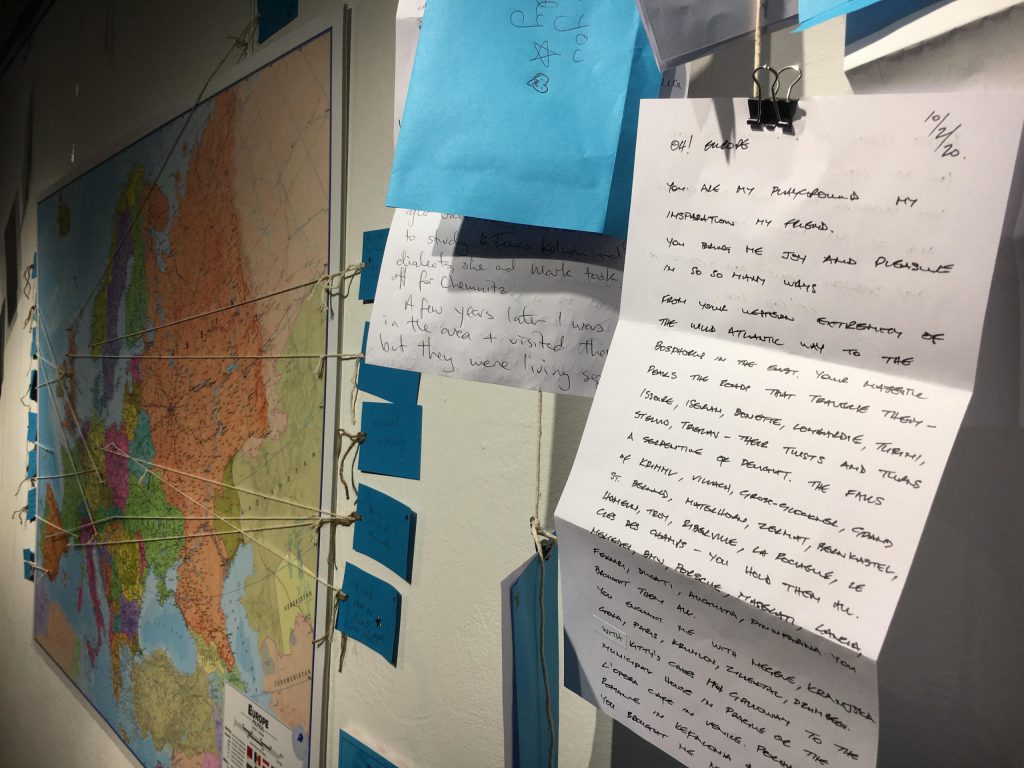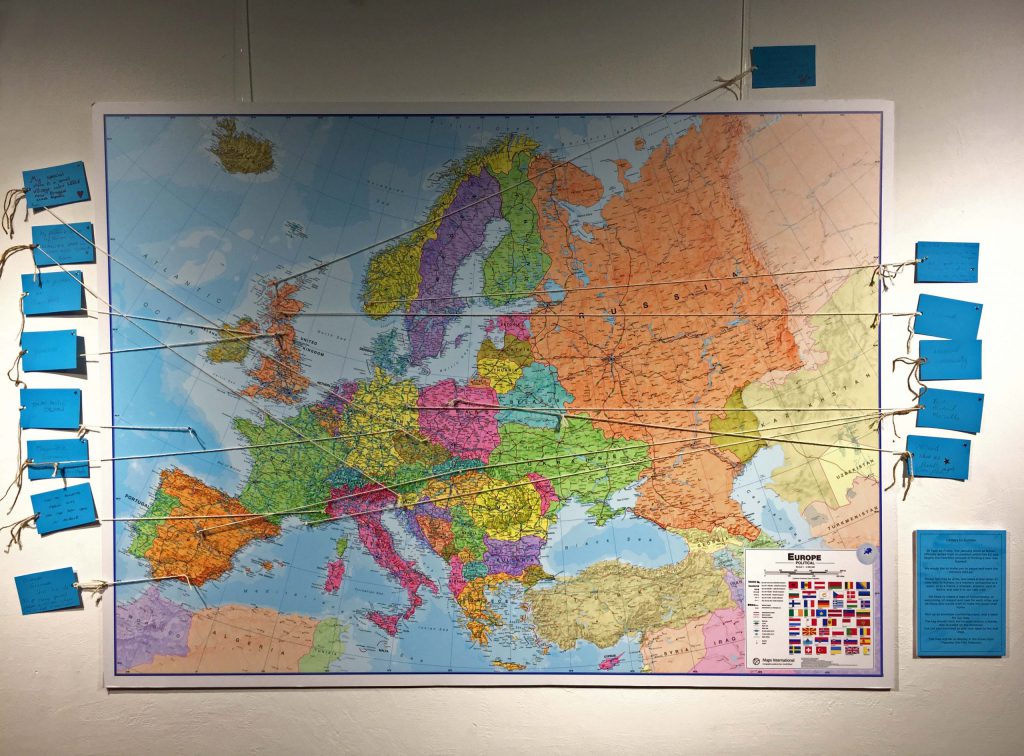This week The Stove has unveiled a new art exhibition by artist Andy Brooke in the town centre as part of our Elsewhere project. The exhibition reflects on the impact of the lockdown in the Spring, and the on-going impacts of covid-19 on the sense of community in Dumfries and beyond, from the lack of physical connection with others, to navigating public space, balancing relationships with our families, and valuing the health of everyone.
The exhibition has been created for two shop windows of The Midsteeple Quarter, and includes ceramic sculptures and a series of handmade prints. The exhibition will be on display at 113-115 High Street from the 21st of October to 22nd November 2020, and is viewable from the street from 9am to 9pm daily.
Where Were We Then?
“At the start of Lockdown I was surprised and touched by the new ways we learned of avoiding strangers on the street by a set of mutually agreed movements a bit like dancing around each other.
We were responsive and respectful towards others when out walking, shopping or cycling and a new code of citizenship was born out of the solidarity we shared. There was a kind of beauty there.”
Where Are We Now?
“We are better connected than we were in Lockdown, but we don’t really know the pathway through the next few months and beyond… The warp and weft of physical connection is still strong but we long for the touch of our fellow humans – we are tactile creatures who feel strange not feeling the rough or smooth palm of another in ours.”
Andy Brooke is a member of the Stove and a recently new resident to Dumfries. Having had the move from Essex to Dumfries delayed by the pandemic, Andy took part in the Stove’s homegrown project, a series of online invitations during the lockdown to respond creatively to covid-19, and is one of several artists commissioned to further develop his responses for this exhibition.
Elsewhere is a research project facilitated by The Stove Network that looks to locate creative activity in the High Street of Dumfries as a means of exploring public space during a time when we as a community are responding to, and recovering from the effects of covid-19 on our sense of place. Elsewhere is supported by the Midsteeple Quarter, and is part of the larger current project, Atlas Pandemica.
Elsewhere will culminate in a series of outdoor artworks in unusual spaces around the town centre on the 13th and 14th of November.
Elsewhere has been supported by Dumfries and Galloway’s Regional Arts Fund.

